Research Intern
University of Texas at Austin
June 2024 - August 2024
Worked on developing a machine learning algorithm to classify methane super emitters from satellite data

University of Maryland | B.S. in Computer Engineering
Expected Graduation: May 2026
About Me
I am a senior at the University of Maryland studying Computer Engineering. My passion for
technology began
when I built my first computer at 13, sparking my journey to understand how computers work from
the ground up.
From electron interactions in doped semiconductors to the intricacies of computer language
architectures, I am
eager to explore it all.
Last summer, I held a research position at the University of Texas at Austin, where I developed
an image-labeling
tool to aid in identifying methane super-emitters. I had the opportunity to present this work at
the American
Geophysical Union conference in December 2024.
Worked on developing a machine learning algorithm to classify methane super emitters from satellite data
Developed the MPECWatch website using Sqlite3 and Bootstrap
Developed software using OpenCV to enable cheap cameras to detect microplastics ∙ Developed a software model that would simulate optimal spacecraft landing areas using OpenCV
A curated list of hands-on projects that showcase software and hardware skills from my resume.
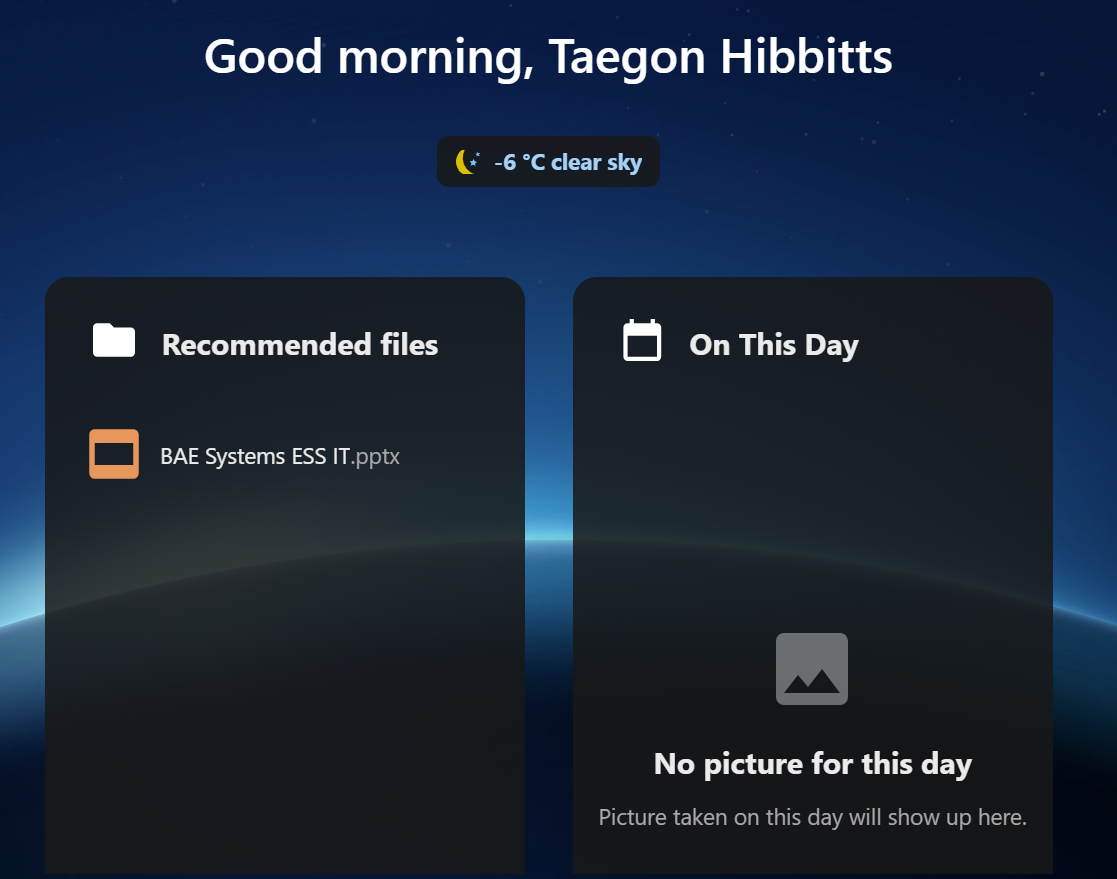
Architected an Ubuntu server to host ROS2 simulations, Nextcloud, WireGuard VPN, and personal web services. Administered backups, users, and service orchestration for development and remote access.
Highlights: service administration, Docker/VMs, WireGuard, Nextcloud hosting.

Designed a programmable bench power supply that converts USB-C PD input into a wide adjustable output with digital sensing and wireless control.
Highlights: USB-C PD input and negotiation, XL4015 DC-DC step-down regulation, INA219 sensing, ESP32 control, KiCad PCB, Android BLE app.
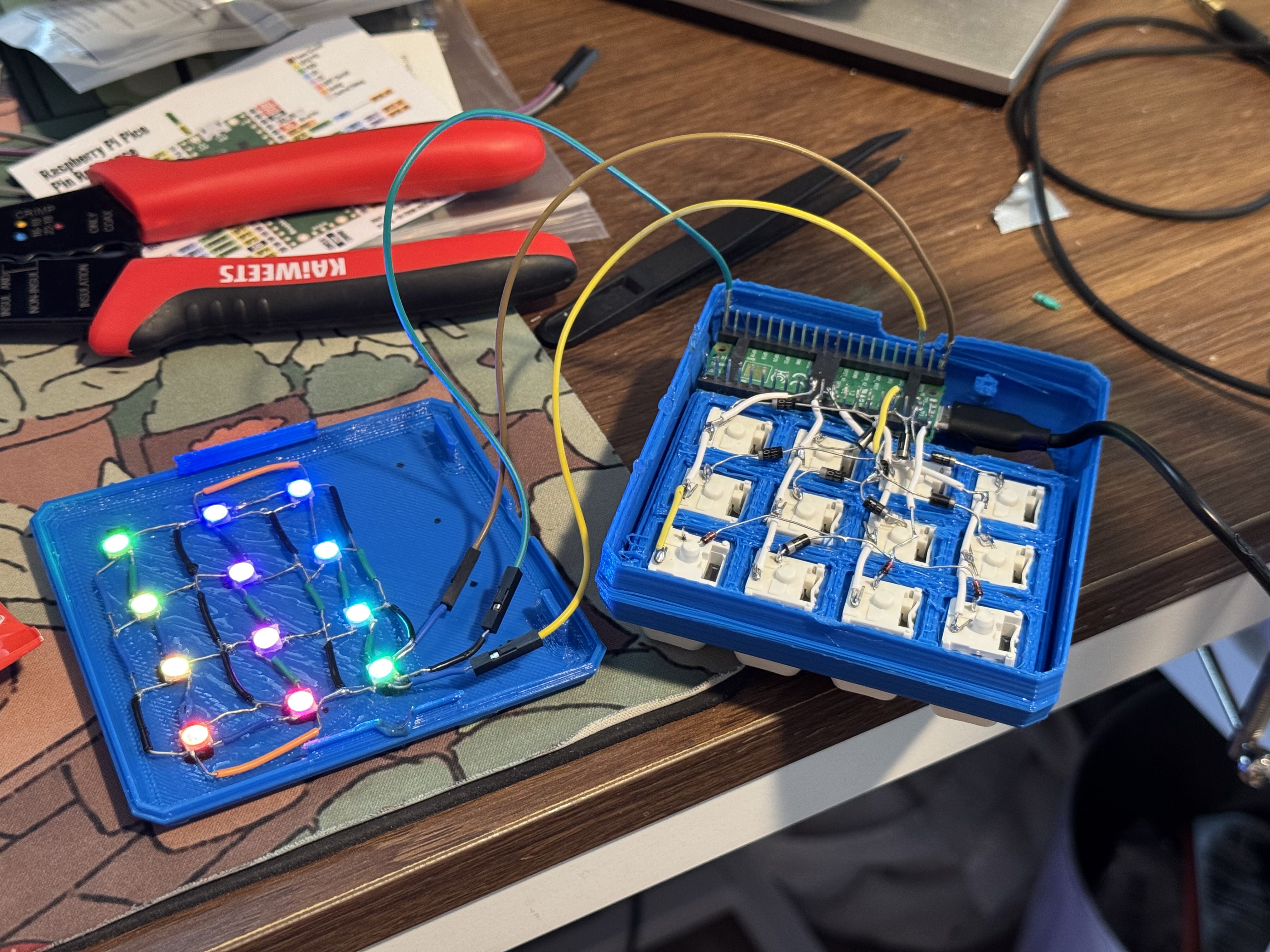
Designed a 12-key macro pad with hand-wired matrix, WS2812B lighting, and KMK-powered firmware on a Raspberry Pi Pico. Implemented multi-layer profiles and NKRO.
Highlights: embedded firmware, 3D printing, KMK, CircuitPython.

Flashed Debian ARM to a Lenovo Duet 5, built a SuzyQable interface to Google's Cr50 via UART-over-USB, and resolved firmware/device-tree issues to enable booting.
Highlights: low-level boot, device trees, firmware troubleshooting.
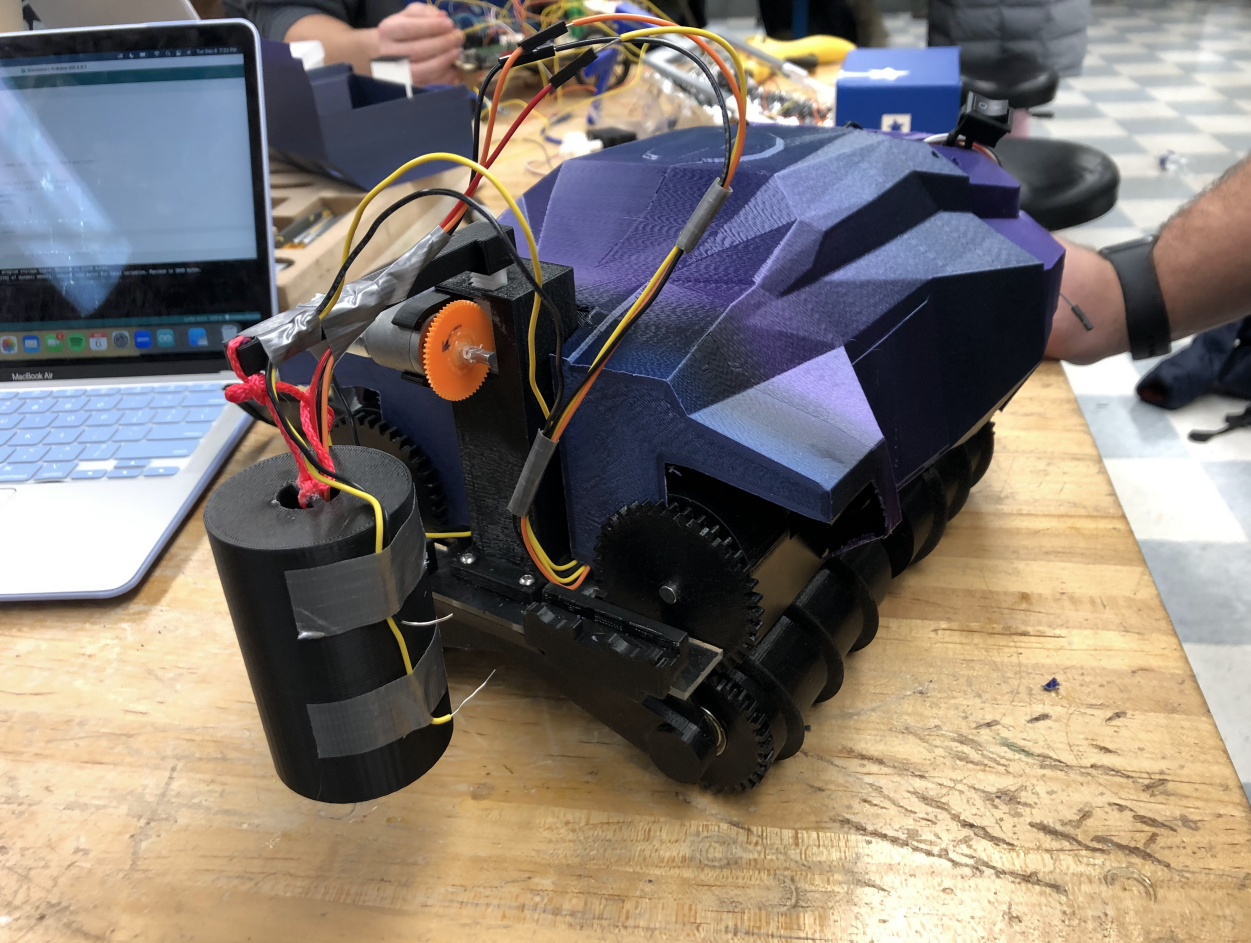
Sole developer of navigation and obstacle-avoidance software for an Arduino-based rover. Integrated sensors and actuators and coordinated with teammates on mechanical design.
Highlights: embedded C, sensor fusion, robotics algorithms.
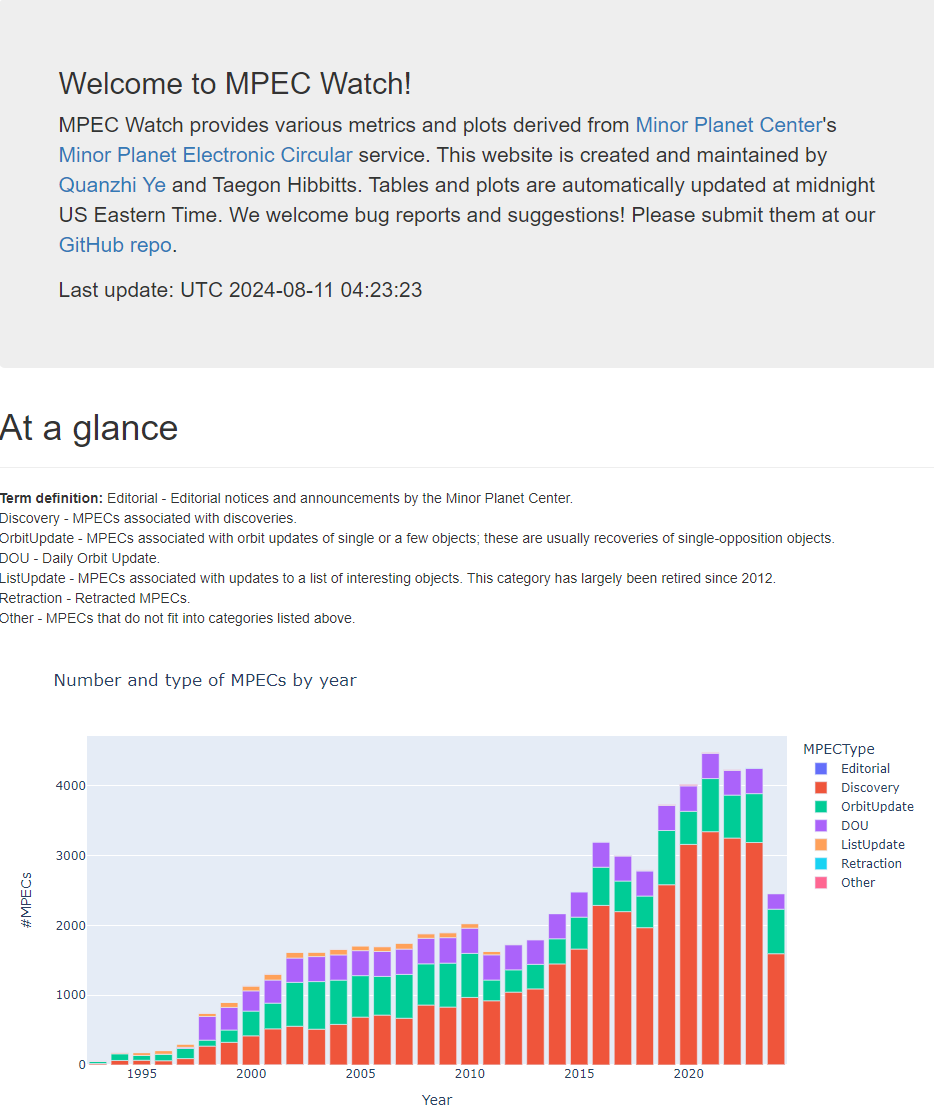
Web application providing minor-planet data visualizations and observatory browsing. Implemented Python scraping, SQLite databases, and visualization tooling.
Highlights: Python, SQLite, data visualization, web scraping.
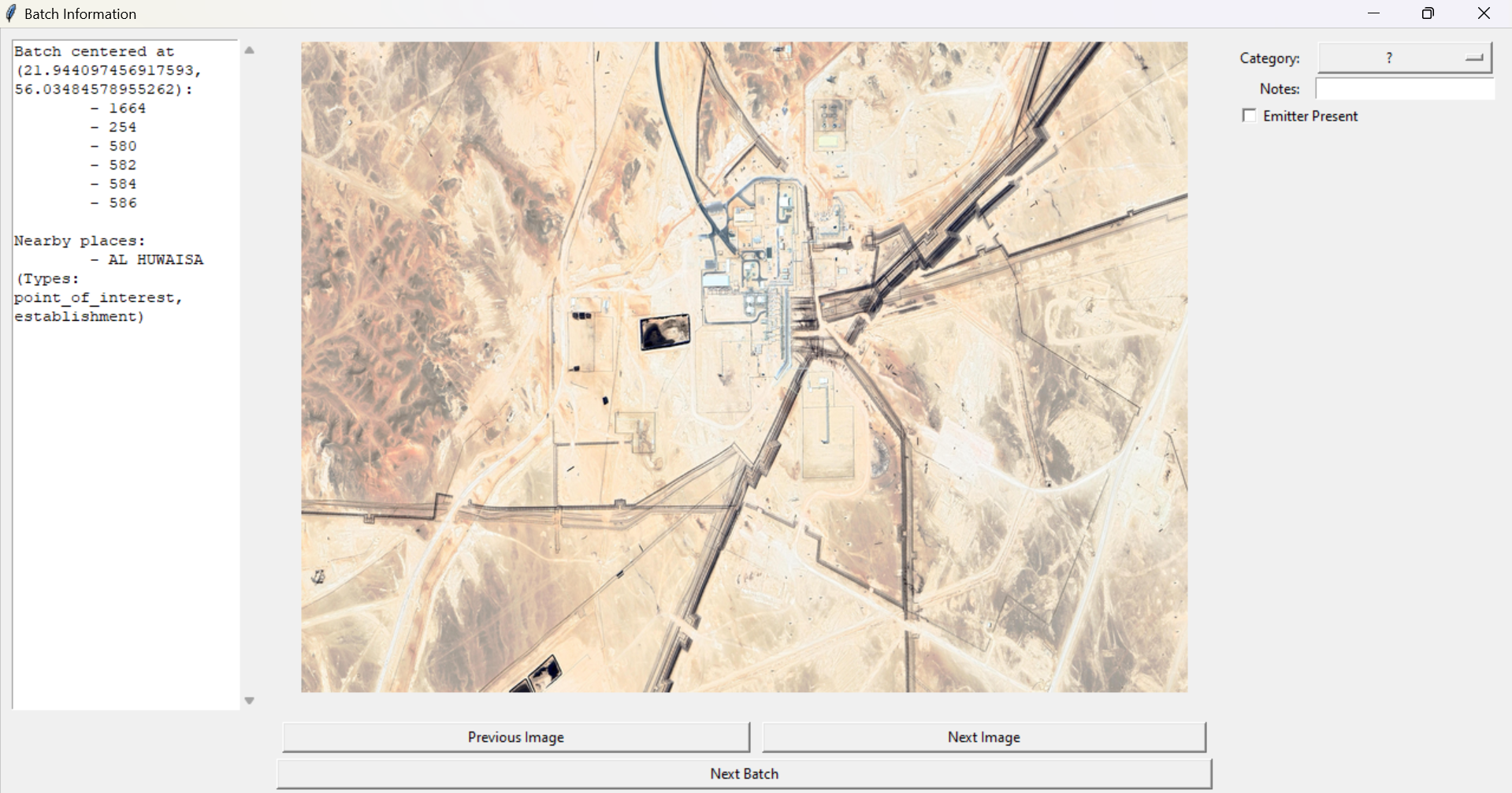
Image-labeling tool for methane super-emitter detection using Google Maps API, geoproximity batching, and CSV export for CNN training (~83% accuracy in early experiments).
Highlights: Python, GIS APIs, data pipelines, ML data preparation.